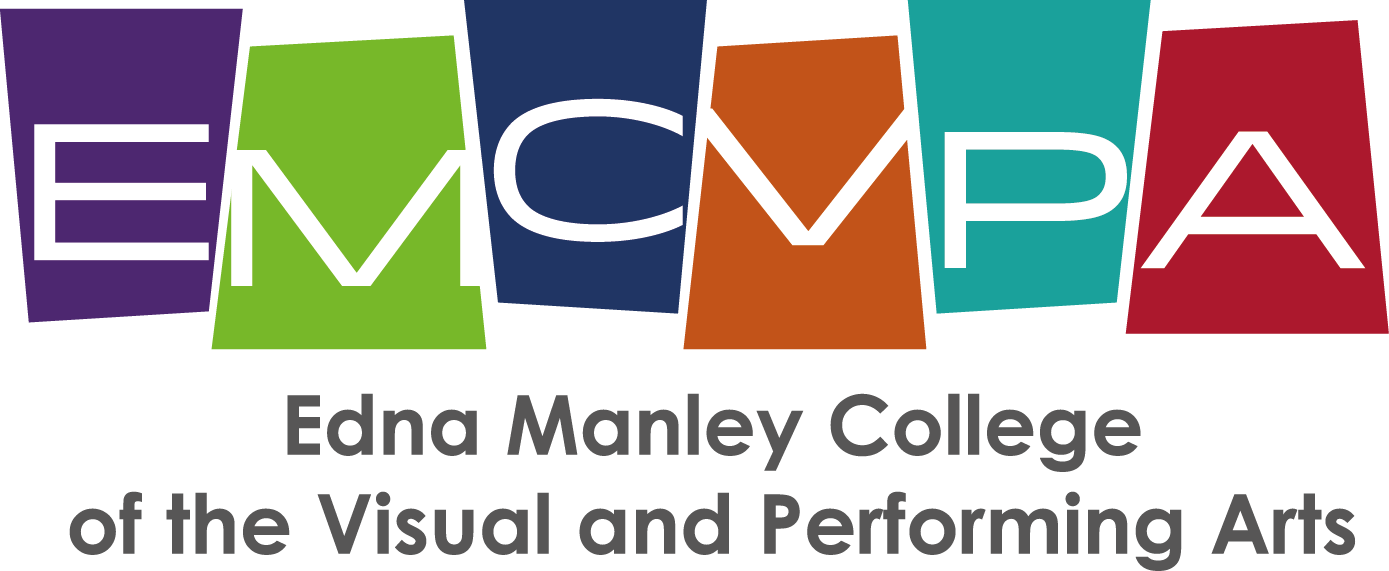Edna Manley College Visual and Performing Arts
Inclusion of Dance
The Inclusion of Dance Education in the K-12 Formal Curriculum in Jamaica (Part 1)
by Nicholeen DeGrasse-Johnson
Part of the background of the UNESCO Position Paper for the First World Conference on Arts Education in March 2006 states that Art Education—which aims at passing down cultural and artistic heritage to young people, giving them the means to create their own language, in one of the various art disciplines, and contributing to their personality development on an emotional and cognitive level—has a positive influence on a child’s overall development, including academic and personal. The paper further states that such an education, when it makes use of a child’s creative potential, strengthens the acquisition of knowledge and life skills including creativity, imagination, oral expression, manual ability, concentration, memory and personal interest in others. [1] The arts—dance, drama, music and visual arts—contribute to educating the whole person and to development of human community. Our children need experiences in the arts as an indispensable component of their human development; this includes required skills for personal and invariably national consciousness or advancement. The arts are necessary for a complete education that prepares children to participate in the social, cultural and economic advancement of society.
Dance Education
For the purposes of this article, I focus on Dance, as it is my area of emphasis and, because I believe it is now time to start the national dialogue to remove Dance from under the Physical Education curriculum.
It is in doing that we engage pertinent learning outcomes of cognitive-knowledge, affective- feelings, physical and social-relationships. According to a Chinese proverb:
I hear and I forget
I see and I remember
I do and I understand [2]
Dance is a strong element of the Jamaican artistic, cultural and social expression, therefore its formal acceptance should be an integral part of curricular activities and ought to be encouraged if we are to fully educate our children to accomplish the Jamaican National Development Plan for 2030. [3]
For the past three decades, dance educators in Jamaica have developed dance curricula for public educational institutions, but there is still a need to justifying the necessity of dance as part of the general school curriculum and the advantage of its institutionalization as a discrete subject to the wider society. Assuming the objective of our schools is to provide total education, then every child should be given the opportunity to participate in a structured, discrete dance programme. Educators and parents have the right, and even the duty, to ask what dance can contribute in
[1]http://portal.unesco.org/culture/en/files/40341/12650399675UNESCO_Position_Paper.pdf/UNESCO%2BPosition%2BPaper.pdf
[2] Proverb from an unknown source.
[3] Vision 2030 Jamaica: National Development Plan is produced by the Planning Institute of Jamaica in 2009 and outlines the vision for the development of Jamaica over twenty-year period between 2010-2030.
making education better and it is also their right and duty to find the best means necessary to enhance the education process of the child. Dance allows children to appreciate rich and diverse cultures, beliefs, and societies. It involves the “whole child” while developing intuition, sensitivity, reasoning, imagination and dexterity.
Promotion of a National Arts Policy
However, for every child to be afforded the benefits of dance education, dance should be included into the formal curriculum as a matter of policy. By making a policy for dance education (the arts in education) there will be a method of determining present and future decisions. Such a policy would address major issues like curriculum revision and teacher education, making dance education an essential part of the early childhood through secondary education core curriculum. A governmental policy on dance education will ensure its place at the education table in the school’s formal curriculum.
Paulson notes, “It is easy to lose sight of the most fundamental issue at hand—that students need opportunities to develop all of their intelligences, including the kinaesthetic, in order to be able to think and communicate in traditional systems and in artistic symbols.” [4] Our teachers’ college and university education programmes should to prepare our teachers through kinaesthetic learning utilizing dance as a subject giving them a broad view of its creative process as core. Dance is important to the future of our children. Let us own the dance for them and make the whole. Nettleford says it well when he writes, “Exposure from an early age to creative responsibilities engenders in young people a spirit of independence, self-assurance, and a
sensibility of excellence.” [5]
National development depends on individuals who are confident, able to connect to their own
feelings, respect others, are able to imagine and create new images from this consciousness, and
who solve problems in innovative ways. It is important, therefore, to expose our children to
creative means of transformative education and to include the arts in education for purposes of
social and economic development. An arts policy is a necessary and reasonable next step to
secure the place of the arts, specifically dance, in schools.

